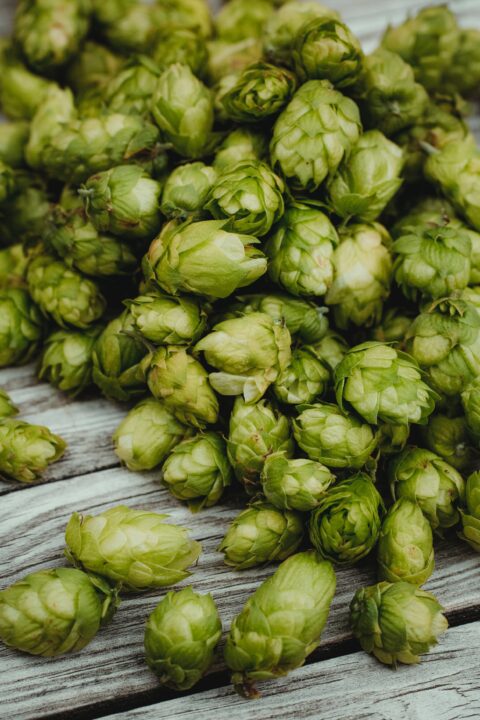Highlights From The Mid-Atlantic Fruit And Vegetable Convention

From L-R: Lauren Alexander of American Vegetable Grower, Laura Caruso of Meister Media Worldwide, and Christina Herrick of American Fruit Grower pose at the Meister Media Worldwide booth.
Tuesday was the first day of the 2015 Mid-Atlantic Fruit & Vegetable Convention, and the event is arlready in full swing. Attendees have gathered at the Hershey Lodge and Convention Center in Hershey, PA, from the Northeast and beyond to attend sessions on marketing, IPM strategies, labor and farm management tips, and much more.
Young Growers Chime In
In a pre-conference workshop on Monday, Jan. 26, hosted by the Penn State Extension Young Growers Alliance, a panel of growers including Steve Frecon of Frecon Family Farms, Julie Flinchbaugh-Keene of Flinchbaugh’s Orchard & Farm Market, and Heather Micklaus from Penn State discussed the challenges and rewards of interacting with consumers, the media, and industry leaders.
When discussing their needs as young growers, Flinchbaugh-Keene mentioned the need for confidence-boosting tips to help them better deal with the media and consumers when asked tough questions on GMOs and other controversial topics. Micklaus responded by suggesting that getting to the “kernel of truth” was essential in communicating with your customers, and that using science-backed facts was the best way to build a trustworthy relationship.
IPM In High Tunnels
During a discussion on IPM strategies for high tunnel production of leafy greens, Judson Reid from Cornell Cooperative Extension stated many New York growers were pushing toward hardier leafy green varieties including kale and other Asian vegetables that can withstand New York’s cold winter temperatures.
However, he warned that warm-season crops can have a major effect on the winter pest load, and cited cabbage worms as a common warm-weather pest that can overwinter, destroying many of the Asian vegetables that belong to the same family.
So what are growers to do? Reid strongly recommended the use of biocontrols in high tunnels, and said that the preventative use of beneficial insects including the spined soldier beetle, could help control pest populations.
“Biocontrols work while you rest, cause less labor, and have no preharvest interval,” Reid stated.
Reid also mentioned several biological insecticides for use in greenhouses including DiPel (Valent) for control of cabbage worms, as well as Mycotrol and Botanigard (Bioworks) which work systemically to control a wide variety of greenhouse pests.
Controlling Bacterial Spot In Tomato
In a presentation by Beth Gugino of Penn State University, methods to help prevent and control bacterial spot in tomato crops, focusing on the importance of IPM strategies, were covered. Gugino said starting with clean seed was the key to preventing bacterial spot. She added that commercial seed is generally pathogen free, so growers should purchase from a reputable commercial dealer.
She also suggested growers sanitize seeds as a precaution, and said heat treatments, including water baths, can kill bacteria on the seed surface as well as underneath the seed coating.
No resistant varieties are currently available, but Gugino said there are differences in susceptibility. She encouraged attendees to monitor their varieties’ performance when it comes to bacterial spot and adjust accordingly.
There are plenty more topics to be presented at the Mid-Atlantic Fruit And Vegetable Convention ending on Jan. 29, so be sure to check back on GrowingProduce.com for future coverage.









